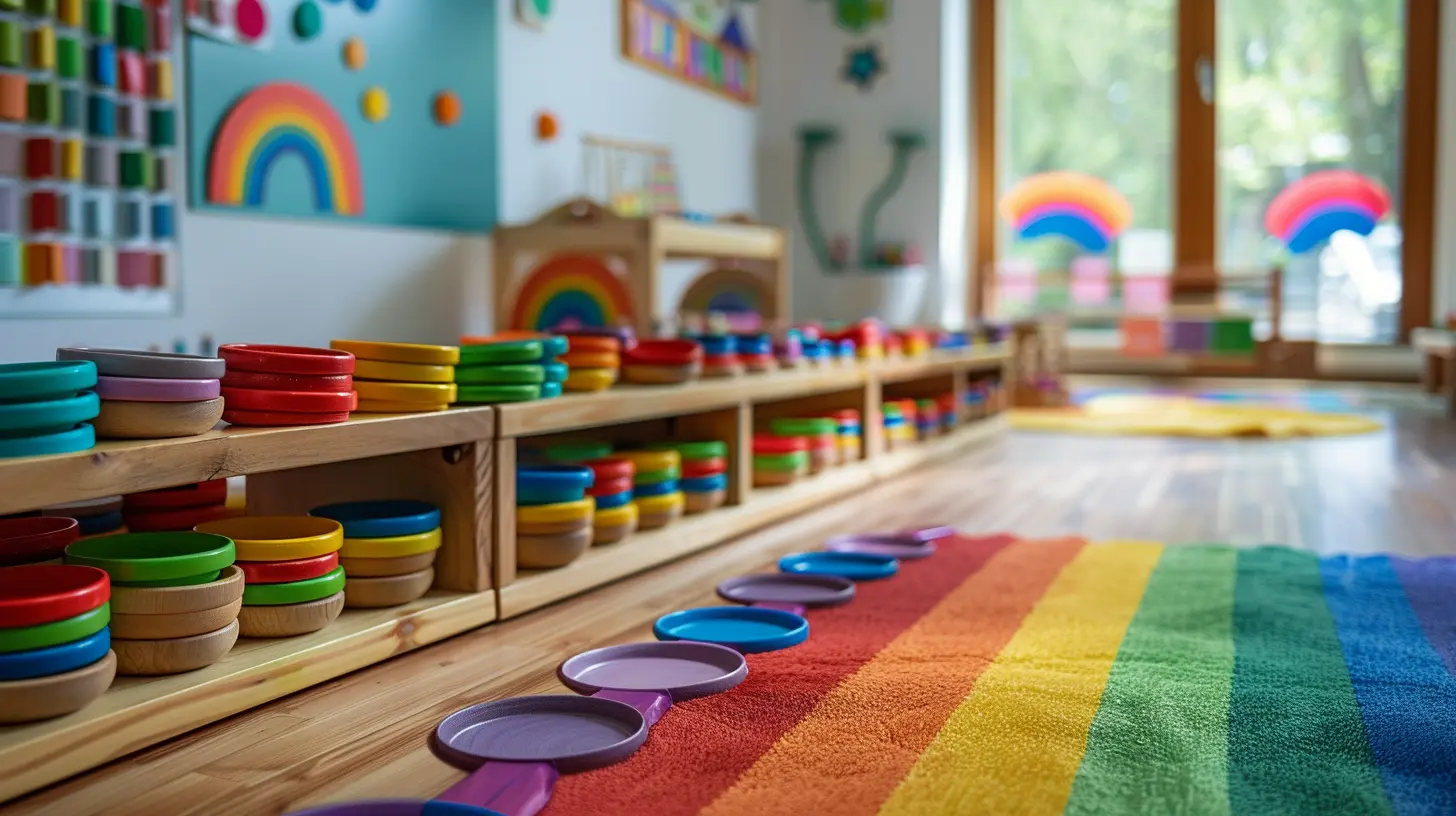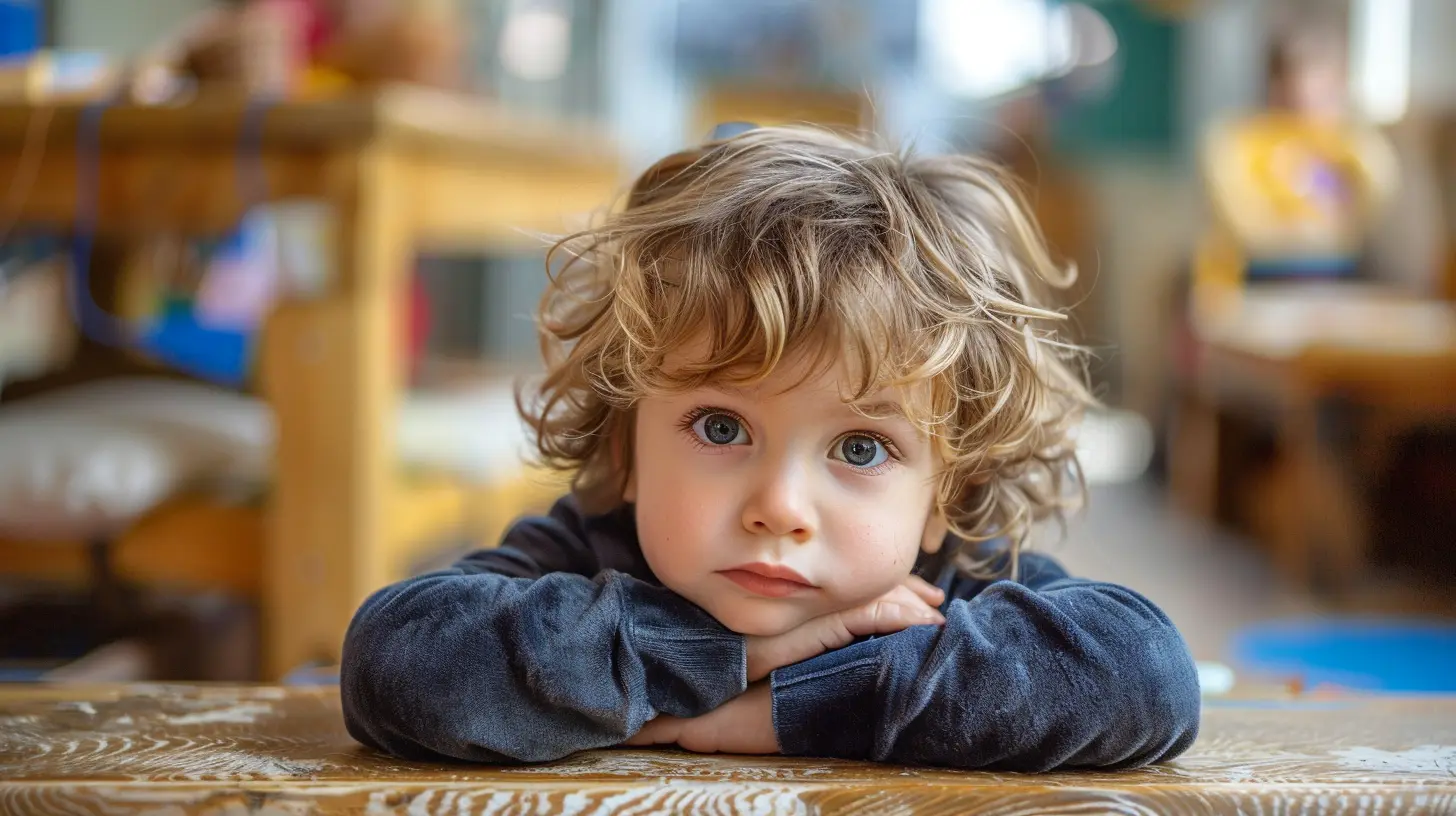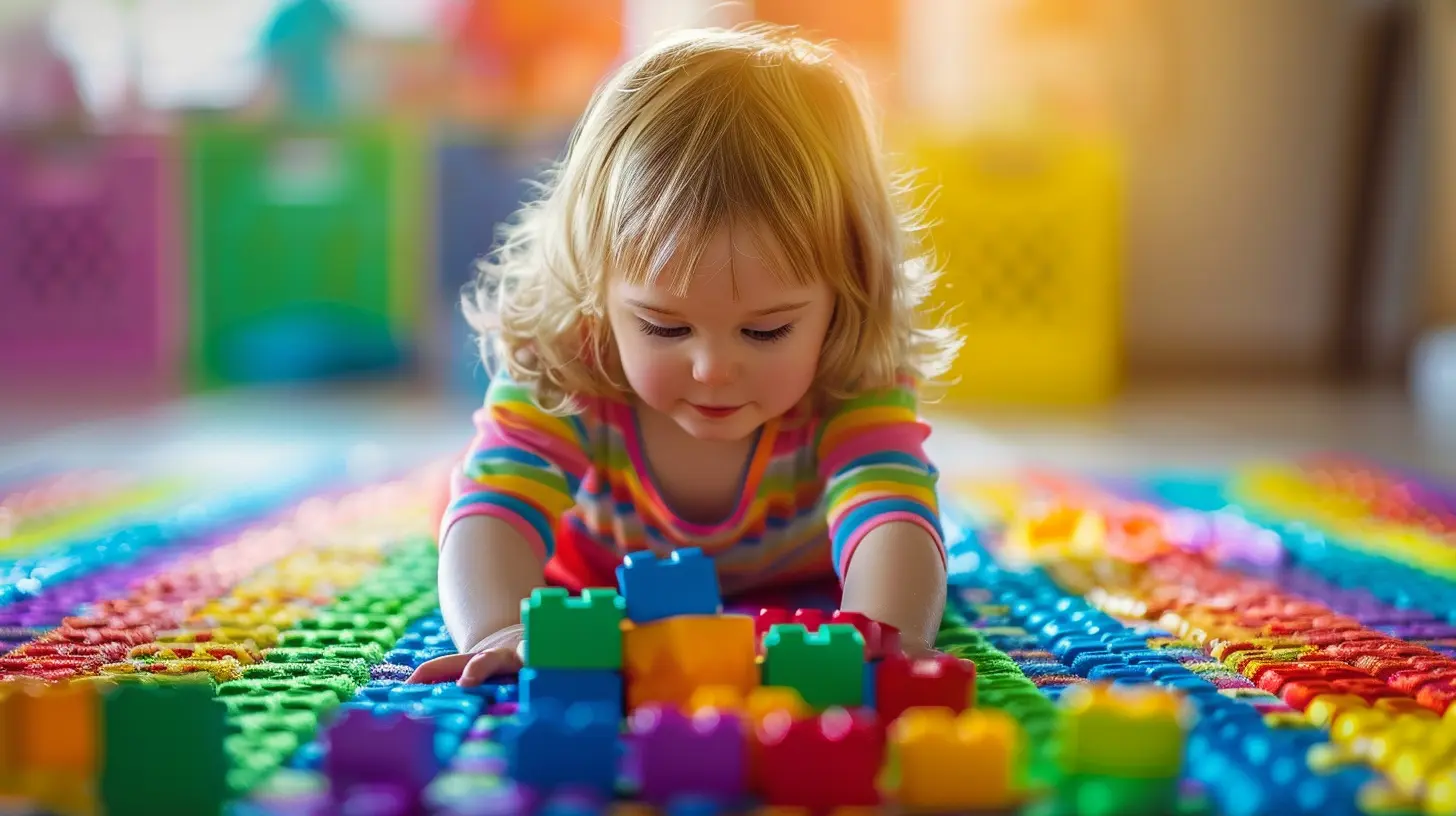11 March 2025
In today’s fast-paced world, where both children and adults often experience emotional overload, learning how to manage emotions is crucial. Emotional regulation refers to the ability to monitor and manage our feelings in a constructive way, and it’s a skill that needs to be nurtured from a young age. The Montessori approach, known for its child-centered learning environment, offers effective tools and techniques to help children develop strong emotional regulation skills. But how does Montessori specifically support emotional regulation? Let’s dig into this and explore how these educational practices can make a difference in a child’s emotional well-being.

What is Emotional Regulation?
Before we dive into Montessori, it’s important to understand what emotional regulation is. Emotional regulation is the process of recognizing, understanding, and managing your emotions. It’s not about suppressing feelings but learning how to express them in a healthy, controlled manner. Think of it as a thermostat for your emotions—knowing when to turn down the heat of anger or turn up the calm in stressful situations.For children, this ability doesn’t come naturally. They aren’t born knowing how to manage frustration or disappointment. It’s something that they need to learn, and this is where Montessori practices come into play.

The Montessori Philosophy Overview
The Montessori method, developed by Dr. Maria Montessori, is an educational philosophy that emphasizes independence, freedom within limits, and respect for a child’s natural psychological development. Montessori classrooms are designed to allow children to explore and learn at their own pace in a structured environment. This intentional setup not only fosters cognitive development but also emotional and social growth.At its core, Montessori education is about nurturing the whole child—intellectually, physically, and emotionally. Montessori methods encourage children to take ownership of their learning, and in doing so, they also learn how to take ownership of their emotions. This creates a foundation for emotional regulation that will support them throughout their lives.

How Does Montessori Support Emotional Regulation?
1. Independence and Choice
Montessori classrooms are designed to promote independence. Children are given choices in their learning, which empowers them to make decisions and take responsibility for their actions. This sense of autonomy is crucial for emotional regulation because it allows children to feel in control of their environment and themselves.When children are given the freedom to choose, they also learn how to cope with the consequences of their choices. For instance, if a child chooses an activity that doesn’t go as expected, they must manage feelings of frustration or disappointment. Over time, through repeated experiences, they start to develop strategies to navigate these emotions.
In a traditional classroom setting, children might be told what to do and when to do it, which can limit their ability to make decisions and understand the emotional consequences. Montessori flips this on its head by encouraging children to be active participants in their learning, helping them build emotional resilience.
2. Calm and Orderly Environment
One of the defining features of a Montessori classroom is its calm, orderly environment. This is not just about aesthetics—there’s a real purpose behind it. Montessori classrooms are designed to be peaceful spaces that reduce overstimulation.Why is this important for emotional regulation? When children are in a calm and orderly environment, they are better able to focus on their inner feelings. Overstimulation from noise, clutter, or chaotic surroundings can lead to emotional overwhelm. A Montessori classroom provides a space where children can feel safe, focused, and calm, which is essential for developing self-regulation skills.
3. Grace and Courtesy Lessons
Montessori places a strong emphasis on teaching children lessons in "Grace and Courtesy." These lessons focus on social interactions and how to behave respectfully and thoughtfully in a community. Children learn how to greet others, how to ask for help, and how to express themselves politely.But it’s not just about manners. Grace and Courtesy lessons help children understand social cues and how their actions affect others, which is a big part of emotional regulation. They learn how to manage their feelings in social situations—like when they feel upset because a friend took their toy or when they’re excited and need to calm down.
Through these interactions, children become more attuned to their own emotions and the emotions of those around them. They learn empathy, self-control, and the importance of treating others with kindness.
4. Freedom to Make Mistakes
In a Montessori classroom, mistakes aren’t just tolerated—they’re embraced as part of the learning process. Children are encouraged to explore, try new things, and make mistakes. This is an essential part of developing emotional regulation because it teaches children that it’s okay to fail.Instead of feeling ashamed or frustrated by a mistake, children in Montessori settings are guided to view missteps as opportunities for growth. They learn how to manage their emotions around failure, which builds resilience. They become more comfortable with the idea that emotions like frustration or disappointment are temporary and can be managed.
5. Mindfulness and Reflection
Montessori practices naturally incorporate mindfulness into the daily routine. Montessori materials require focus and precision, which helps children practice being present in the moment. Activities like pouring water, arranging flowers, or using sensorial materials are not only engaging but also meditative. These tasks allow children to slow down, tune into their senses, and focus on the present moment.Mindfulness plays a crucial role in emotional regulation. When children learn how to be present, they become more aware of their emotions and can recognize when they’re starting to feel upset, sad, or angry. This awareness is the first step to managing emotions effectively. Montessori practices encourage this mindfulness in a way that’s natural and enjoyable for children.
6. Conflict Resolution Strategies
In Montessori settings, conflict resolution is often handled through peaceful and constructive approaches. Children are taught how to express their emotions calmly and use language to communicate their needs. Instead of resorting to tantrums or physical aggression, they’re given tools to articulate how they feel and what they need.For example, teachers may guide children in using "I" statements, such as “I feel upset when you take my toy without asking.” This type of communication helps children identify their emotions and express them in a way that promotes understanding and resolution.
Children also learn how to listen to one another and come to a mutual agreement, which not only helps resolve conflicts but also fosters empathy and emotional regulation.
7. Role of the Montessori Guide (Teacher)
In Montessori, teachers are often referred to as "guides," and their role is quite different from a traditional teacher. Rather than dictating what children should do or how they should behave, Montessori guides observe and support the child’s natural development. They provide children with the tools they need to explore their own emotions and behavior.This approach is particularly effective for emotional regulation. Instead of stepping in to solve every problem or calm every outburst, Montessori guides will often allow children to work through their emotions on their own, offering support when needed. This empowers children to develop their own emotional regulation strategies, rather than relying on an adult to manage their emotions for them.

Practical Tips for Parents to Support Emotional Regulation at Home
The beauty of Montessori practices is that they’re not limited to the classroom. There are plenty of ways parents can adopt Montessori principles at home to support their child’s emotional regulation.1. Create a Calm Space
Just like in Montessori classrooms, having a calm, organized environment at home can help children feel more centered. Consider setting up a “peace corner” or a cozy nook where your child can retreat when they need a moment to calm down.2. Offer Choices
Allow your child to make age-appropriate decisions in their daily routine. It can be as simple as choosing between two outfits or deciding what snack they want. This helps them feel a sense of control and responsibility, both of which are key to emotional regulation.3. Practice Mindfulness
Incorporate mindfulness practices into your daily routine. This could be as simple as taking a few deep breaths together when emotions run high or practicing gratitude at the end of the day.4. Teach Emotional Literacy
Help your child label their emotions. When they’re upset, instead of saying “calm down,” try saying, “I see you’re feeling frustrated.” This helps children understand their emotions and gives them the language to express how they feel.5. Model Emotional Regulation
Children learn by example, so it’s important to model emotional regulation yourself. If you’re feeling frustrated or stressed, talk through your emotions in front of your child. This shows them that it’s okay to have big feelings and that there are healthy ways to manage them.Conclusion
Supporting emotional regulation through Montessori practices is about creating an environment where children feel empowered, respected, and calm. By fostering independence, embracing mistakes, teaching conflict resolution, and encouraging mindfulness, the Montessori approach equips children with the tools they need to navigate their emotions effectively.As parents or educators, incorporating these principles—both in the classroom and at home—can help children develop the emotional intelligence they’ll need to succeed in life. After all, emotional regulation is not just about managing feelings; it’s about understanding oneself and interacting with the world in a positive, constructive way.










Elin Larsen
Montessori’s hands-on approach not only nurtures cognitive skills but also cultivates emotional intelligence, equipping children with the tools to navigate their feelings with grace and confidence.
April 2, 2025 at 11:30 AM